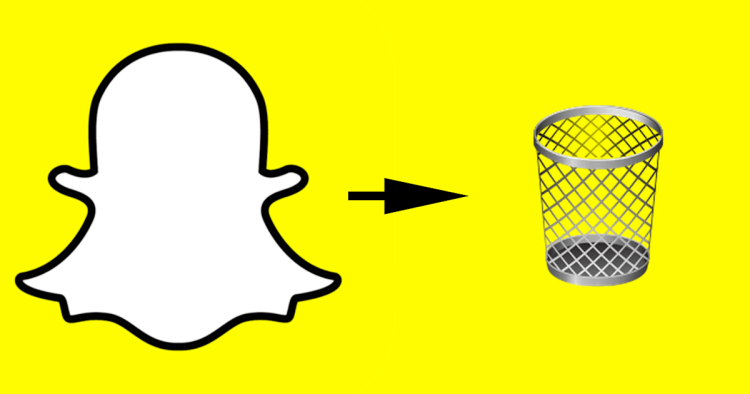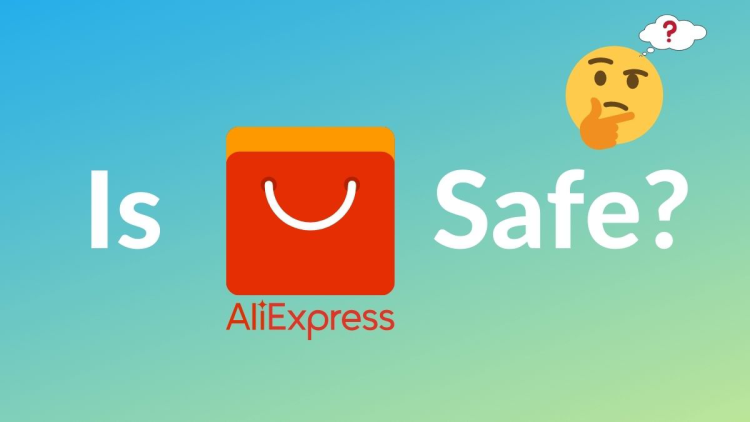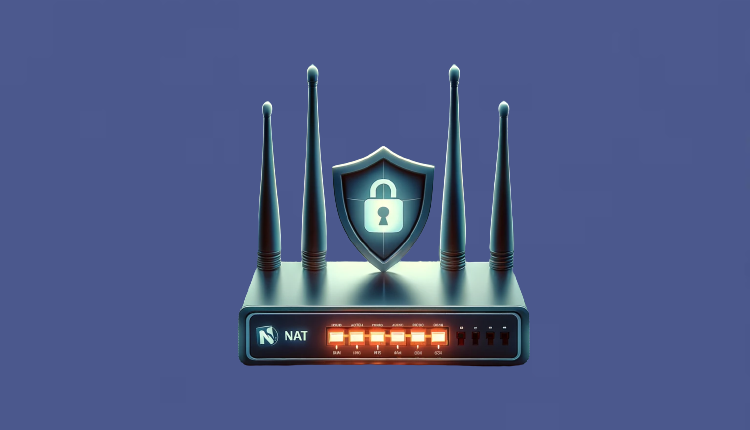Have you ever wondered, “Can PDFs have viruses?” You’re not alone. This question comes up often, especially for people who regularly download documents for work or leisure. Can PDFs have viruses even if they seem harmless? Absolutely. Attackers can embed malicious code inside a PDF, turning an everyday file into a path for trojans, spyware, or credential-stealing malware.
If you’ve opened a suspicious PDF on your phone, or you’re asking yourself, “Is PDF coffee safe?” or even “What to do if I opened a phishing PDF?” you’re on the right track. Understanding the risks is crucial, both for your data and your device’s security.
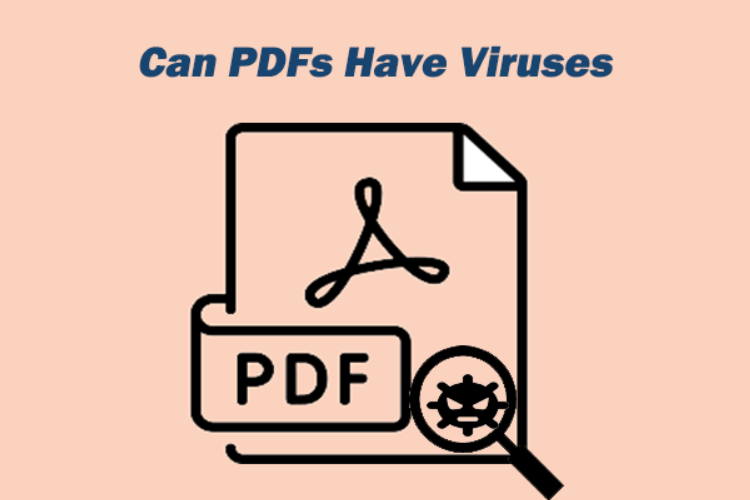
Why Are PDFs Popular in Malware Campaigns?
PDF files are everywhere—from invoices to ebooks, contracts, and newsletters. Their universality makes them a magnet for cybercriminals. Because almost everyone recognizes and trusts the format, it’s easy for hackers to slip a virus in a PDF, hoping users will download and open it without a second thought.
Quick Facts Table
| Question | Answer |
|---|---|
| Can PDFs have viruses? | Yes. This is a well-documented fact. |
| Are PDFs used in phishing scams? | Yes. They’re common when Word or Excel files seem suspicious. |
| What damage can viruses in PDFs cause? | Credential theft, spyware, backdoors, ransomware, and more. |
Example Attacks:
-
Java-based StrRAT used malicious PDFs to capture passwords and banking details.
-
Snake keylogger infected users via emails with PDF attachments embedding Word documents.
-
Lazarus group sent macOS malware disguised as job offers in dangerous PDF files.
How Do Hackers Make PDFs Dangerous?
Can PDFs have viruses by default? Not exactly. The risk comes from the features built into the format. PDFs can include clickable URLs, embedded files, or even launch local applications using JavaScript. While these features make PDFs versatile, they also create opportunities for hackers to insert malicious behavior and trigger infections.
Here’s how a virus in PDF can get through:
Links to Malicious Domains
The PDF prompts you to click a link, taking you to a dangerous website that downloads malware.
Embedded Files
Hackers may hide DOCX or EXE files within the PDF, tricking you into extracting and running them.
Scripts Inside the PDF
JavaScript code can execute tasks that compromise your device as soon as you open the file.
What Damage Can a Virus in PDF Cause?
Opening a malicious PDF can do much more than you might expect. Credential theft, banking information leaks, the opening of backdoors, and even full-blown ransomware attacks are all possible. The outcome depends on the malware’s intent, but the risks are always significant.
Still asking yourself, “What to do if I opened a phishing PDF?” or “I opened a suspicious PDF on my phone?” Here’s what you should do next:
-
Disconnect from the internet to block further instructions to malware.
-
Run a deep scan using your preferred anti-virus or consider a Free VPN proxy -Falcon VPN to secure your network temporarily.
-
Delete suspicious files you don’t recognize.
-
Update your passwords if you suspect any sensitive data was at risk.
Using a Free iphone vpn like Falcon VPN can also add an extra layer of protection while browsing or downloading attachments.
Protect Your Connection When Handling Risky Files
If you’re unsure about a PDF file—especially one from a suspicious source or public Wi-Fi—using a secure connection is a smart move. A VPN can add a protective layer by encrypting your network traffic and masking your IP address, making it harder for attackers to exploit vulnerabilities or track your activity.
A simple tool like free VPN- Falcon VPN helps reduce your exposure when downloading or opening documents online. Here's how to get started:
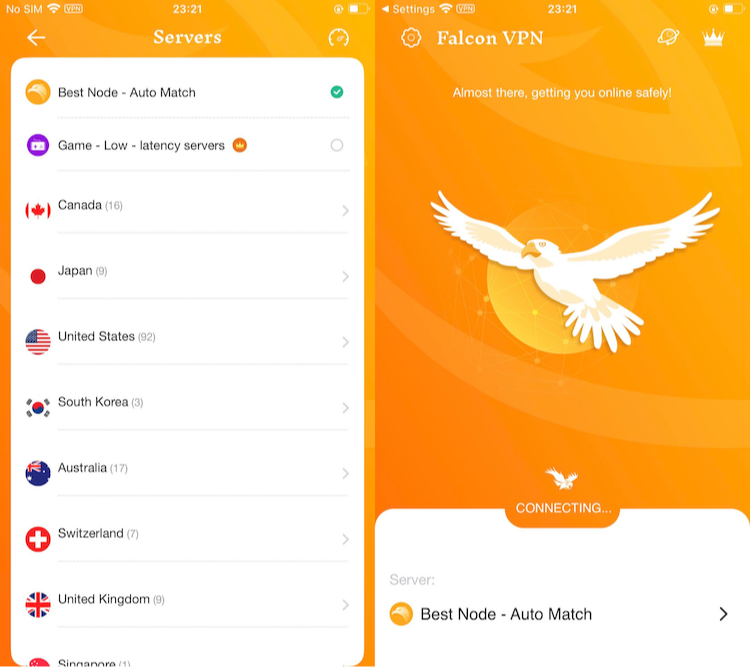
- Get the VPN App
Head over to FalconVPN and download the appropriate version for your device. - Complete Installation
Open the downloaded file and follow the prompts to install the VPN app on your device. - Open the VPN App
Launch the app after installation. Select your preferred server location. - Connect to Secure Your Internet
Hit the “Connect” button to encrypt your connection and protect your online activities.
The Hidden Risk in Ebook and PDF Downloads
Is PDF coffee safe? If by “PDF coffee” you mean downloading large batches or collections of PDF ebooks from unknown sources, beware. Cybercriminals often hide malware in pirated ebooks, taking advantage of book lovers’ trust and excitement. Even reputable platforms have difficulty ensuring every file is 100% clean.
Before downloading, always check the source and consider whether you’re violating copyright. Even then, scan every file before opening, and keep your security software updated.
Can PDFs Have Viruses? Here’s How to Stay Safe
If you’ve ever wondered, "Can PDFs have viruses?" you’re not alone. It’s a valid concern, especially as we rely on PDFs daily for everything from work documents to eBooks. The short answer is yes, PDFs can have viruses. But don’t worry—knowing how to protect your devices makes all the difference.
1. Don’t Download Unknown PDF Files
Can PDFs have viruses from random emails? Yes! Always think twice before downloading PDF attachments from unfamiliar senders. Phishing scams often rely on people opening suspicious files, hoping you’ll wonder later, "What to do if I opened a phishing PDF?"
2. Keep Your Software Updated
Outdated PDF readers can leave you exposed. When vulnerabilities are left unpatched, even trusted documents aren’t immune. Regular updates to apps, especially your PDF reader (and tools like Falcon VPN in the background), help seal off these risky loopholes.
3. Disable JavaScript in PDF Readers
Ever thought, "Can PDFs have viruses from scripts?" Disabling JavaScript within your PDF reader reduces the chance of malicious code running without your knowledge. While some professional PDFs use JavaScript, it’s better to err on the side of caution unless you trust the document.
4. Choose a Trustworthy PDF Reader
Not every PDF reader is created equal. Select readers from well-known sources, ones that push updates frequently to address security gaps. Avoid sketchy apps promising features like "Free VPN for Android" bundled alongside their downloads. When you use reliable software, it’s harder for a virus in PDF files to get through.
5. Scan Every PDF File for Malware
A vital step for safety is running a malware scan on any downloaded PDF. Most security suites and antivirus tools can do this quickly. If you’re using a "Free VPN proxy" or secure connection, this adds another barrier for attackers trying to intercept your downloads. Remember, even the best scanners aren’t foolproof; crafty hackers can hide harmful elements that evade detection. When in doubt, delete suspicious PDFs instead of opening them.
6. Stay Alert to Suspicious Behaviors
After scanning, if you’re still uncertain, ask yourself again, “Can PDFs have viruses and could this one be a problem?” If you’ve already opened something questionable (“I opened a suspicious PDF on my phone!”), run an immediate scan, monitor your device for unusual behavior, and change your passwords as a precaution.
FAQ: Can PDFs Have Viruses?
Can PDFs have viruses even if I don’t click anything?
Yes, some PDFs can run malicious code automatically using embedded JavaScript. Disabling scripts in your PDF reader reduces this risk.
What to do if I opened a phishing PDF?
Disconnect from the internet, run a full malware scan, delete the file, and change any passwords tied to potentially exposed accounts.
Is PDF coffee safe?
"PDF coffee" often refers to large bundles of ebooks or PDF files. If sourced from unknown or pirated locations, they may contain malware. Always scan these files first.
I opened a suspicious PDF on my phone—should I be worried?
Yes. Even mobile devices can be affected. Run antivirus scans, monitor for strange behavior, and avoid installing unknown apps or files afterward.
Can a virus in PDF steal my banking info?
Yes. Some PDFs are designed to install keyloggers or redirect you to phishing pages targeting banking credentials.
How do I make sure a PDF file is safe to open?
Only download PDFs from trusted sources, disable JavaScript in your reader, and scan every file before opening.

John Miller is a tech enthusiast and online privacy advocate with over 8 years of experience in VPN and cybersecurity. He writes expert guides to help users navigate VPN options, enhance their online security, and protect their privacy on the internet.
